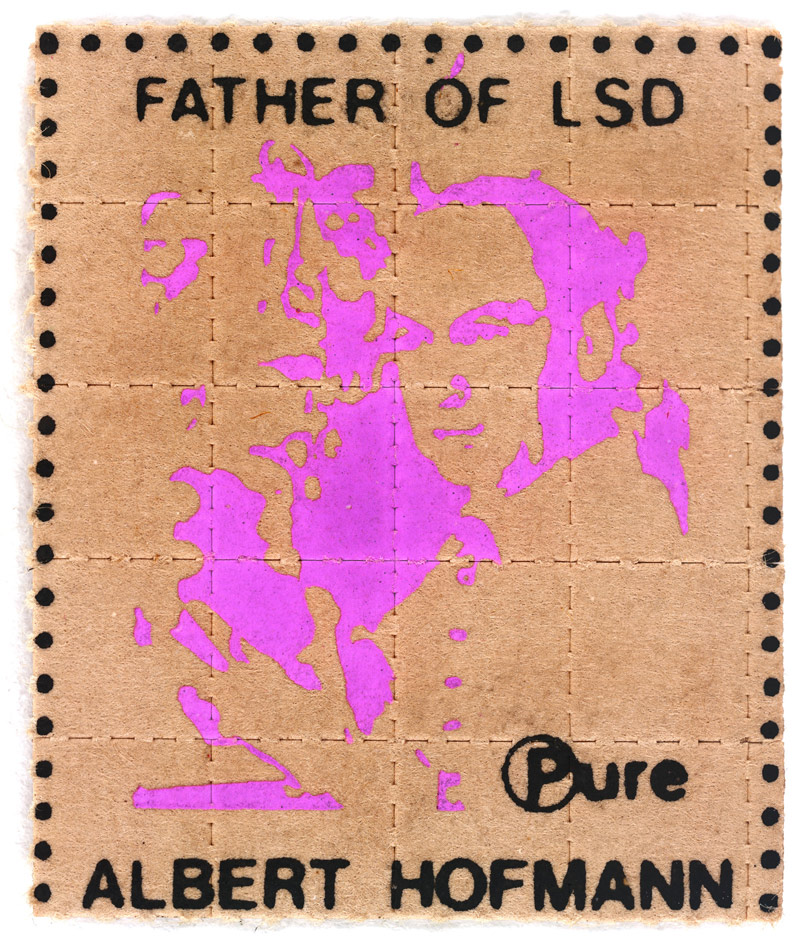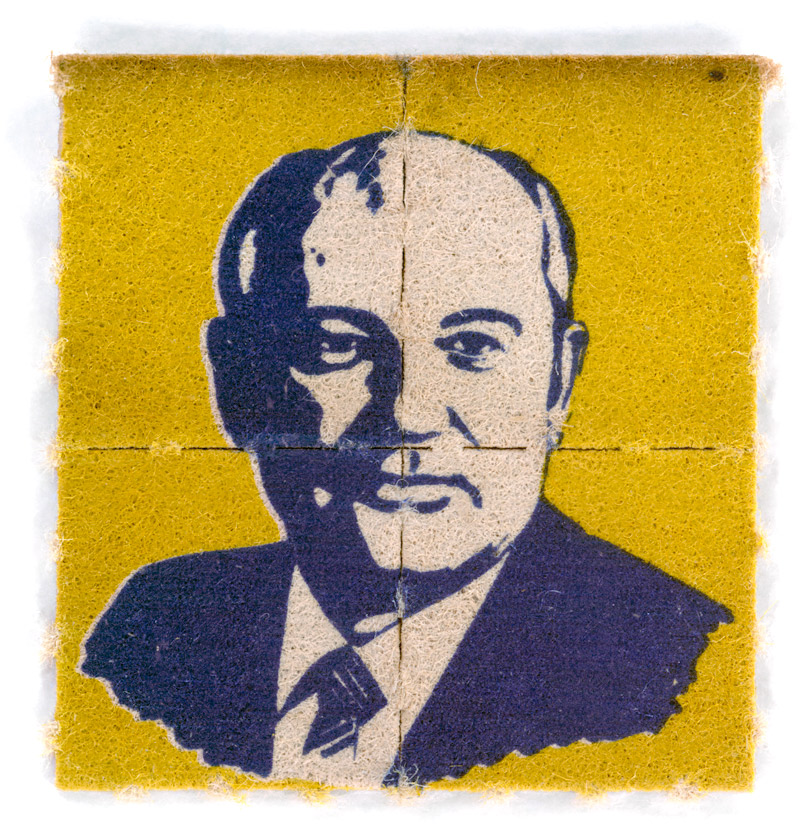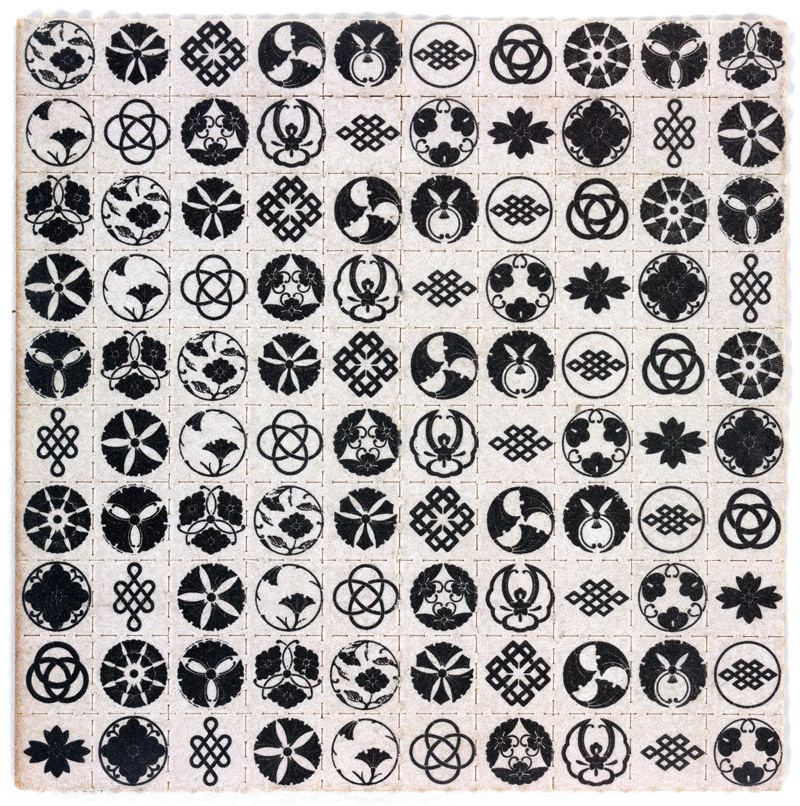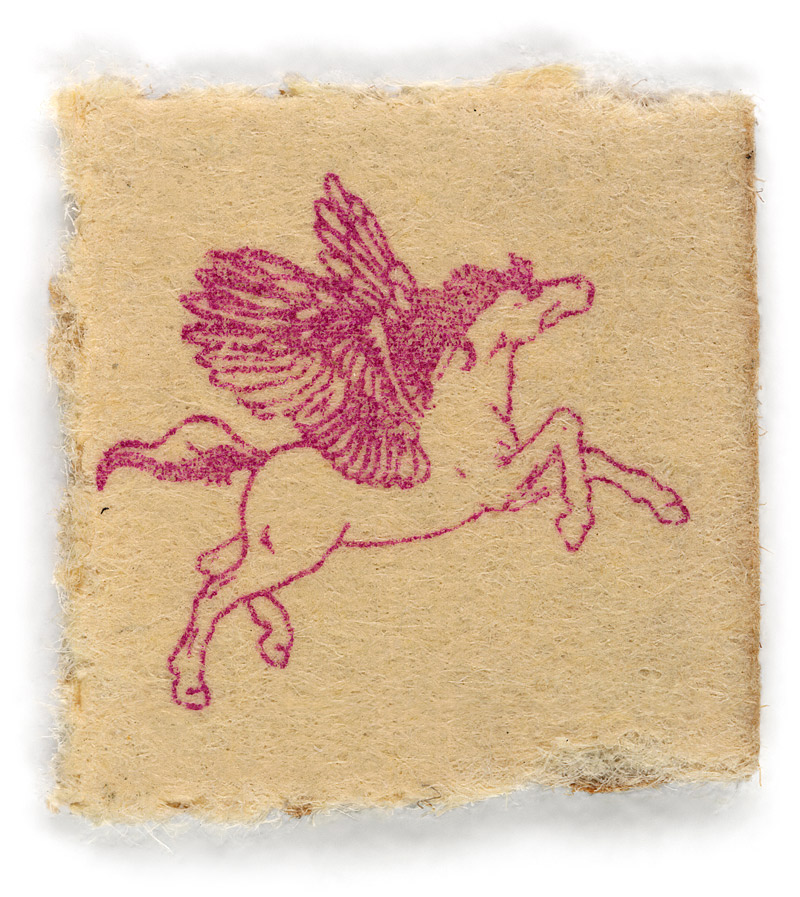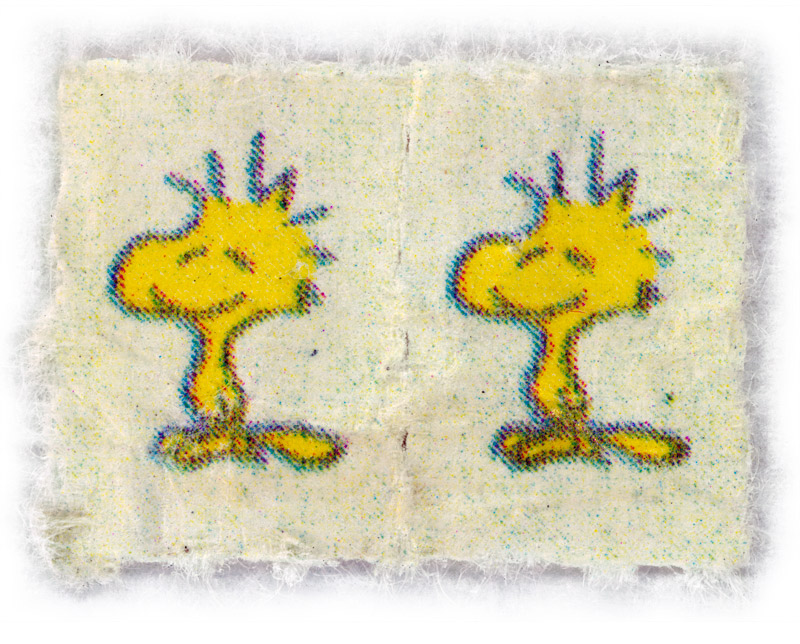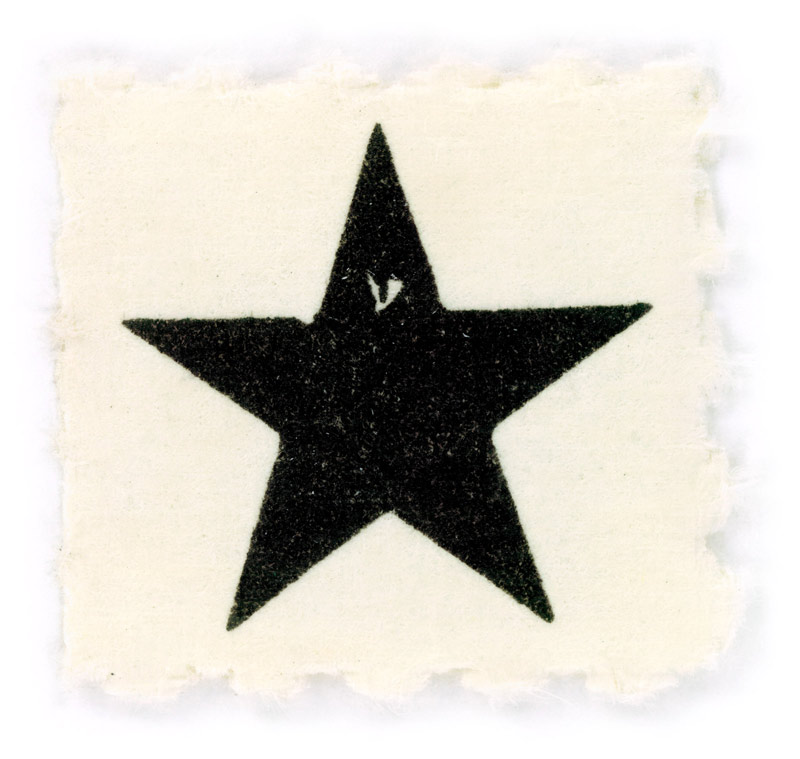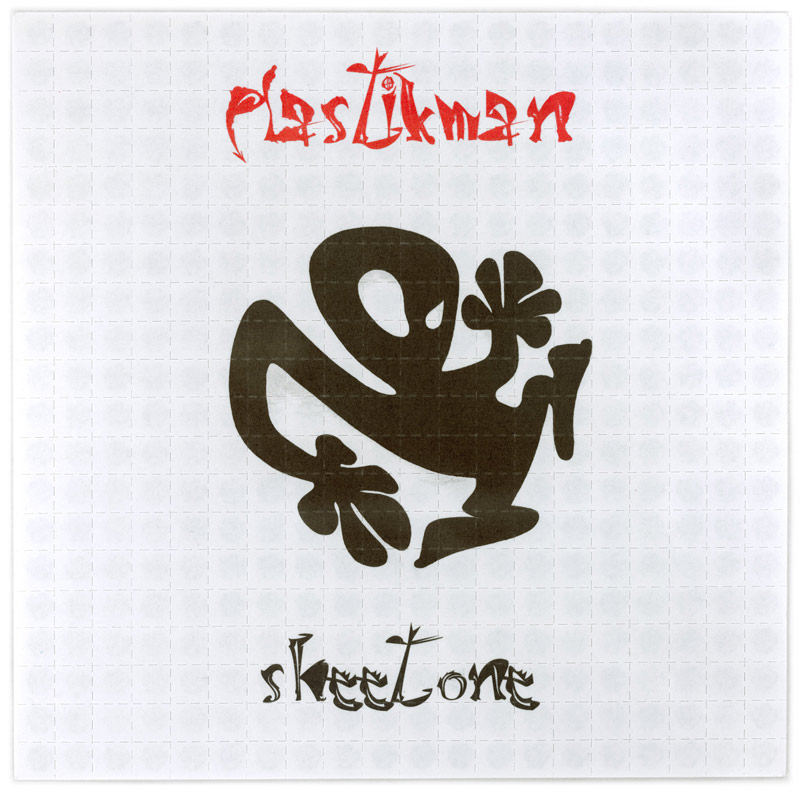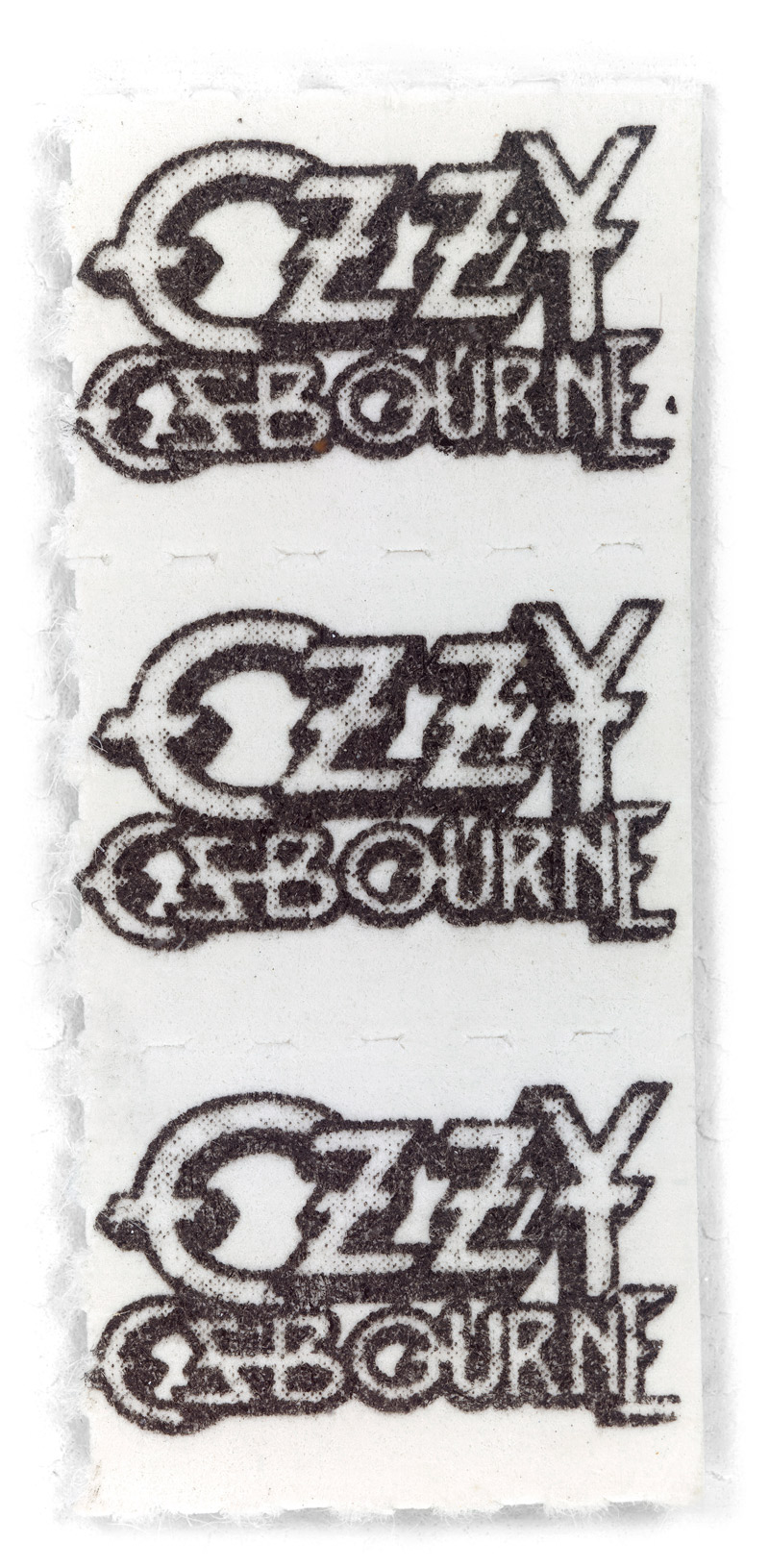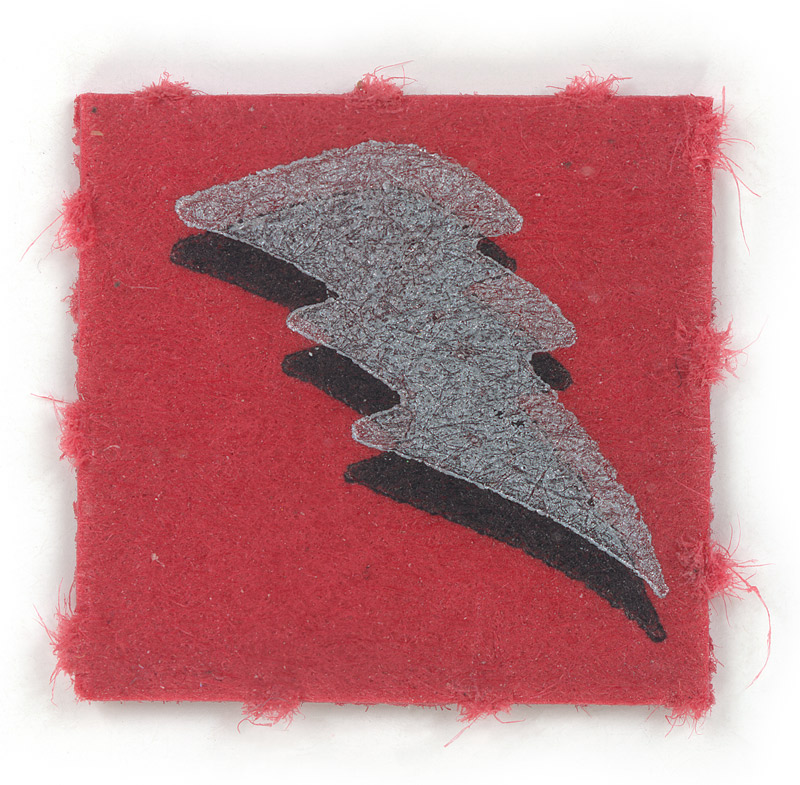Auguste Rodin’s The Thinker exists in about 28 full-size bronze casts, each approximately 73 inches high, in museums around the world, as well as several dozen castings of smaller size and plaster models and studies. The Thinker also exists as one of the most copied and parodied artworks in world history, perhaps because of its ubiquity. “Unfortunately,” Joseph Phelan writes at the Artcyclopedia, “there is a side of Rodin’s work that has become kitsch through cheap reproductions and commercial rip-offs.”
In popular interpretations, The Thinker represents philosophical abstraction. But Rodin’s figure doesn’t contemplate Plato’s forms or Kant’s categories. He dreams of hell, and brings a vision of eternal torment into being. He is a representation of the poet Dante (hence his original name, The Poet) in Rodin’s most ambitious masterwork, The Gates of Hell, made on commission from the Museum of Decorative Arts in Paris. The subject, “bas-reliefs representing The Divine Comedy,” was “surely suggested by Rodin himself, as he was an avid reader of Dante,” the Association for Public Art points out.
Divorced from its original context — a work begun in 1880 and only completed after the artist’s death in 1917 — The Thinker becomes “a universal image,” the National Gallery of Art writes — one that “reveals in physical terms the mental effort and even physical anguish of creativity.” As Rodin himself put it, “what makes my Thinker think is that he thinks not only with his brain, with his knitted brow, his distended nostrils and compressed lips, but with every muscle of his arms, back, and legs, with his clenched fist and gripping toes.” If we can see his thoughtful posture with fresh eyes, we’ll notice his extreme stress, tension, and pain.
Rodin worked on The Gates of Hell for the final 37 years of his life, and didn’t live to see it cast in full during his lifetime. The massive bronze doors — which also produced such famous Rodin sculptures as The Three Shades and The Kiss — contain around 200 individual figures and groups of sufferers from the Inferno. “For Rodin,” notes the Rodin Museum, “the chaotic population on The Gates of Hell enjoyed only one final freedom — the ability to express their agony with complete abandon … The figures on the doors poignantly and heart-rending evoke universal human emotions and experiences.”
While hell’s denizens writhe and burn below him, The Thinker, perched atop the door, curls in on himself with the strain of imagination. Whatever his original inspiration, he came unglued from the Inferno, his modular nature part of the sculptor’s original design. The Thinker is Dante, but also “in a very real sense,” the Met writes, “The Thinker is Rodin. Brutishly muscled yet engrossed in thought, coiled in tension yet loose in repose.” As a universal symbol for contemplation, he is also an image of bringing art into being through the sheer force of one’s mind.
Rodin, after all, “never produced a work of plaster, bronze, or even marble with his own hands,” says the Great Art Explained video above, preferring “an industrial approach to producing art” that meant a supervisory role over crews of workers, raising questions about “authenticity and originality.” Perhaps Rodin “shows us that an artist should be judged by what’s in his head, not in his hands,” but The Thinker shows us that what’s in the head is also in the hands, the gnarled back, tense sinewy arms, and curled up toes.
Related Content:
Rare Film of Sculptor Auguste Rodin Working at His Studio in Paris (1915)
A Free Online Course on Dante’s Divine Comedy from Yale University
The Story Behind Rodin’s ‘The Kiss’
Josh Jones is a writer and musician based in Durham, NC. Follow him at @jdmagness
